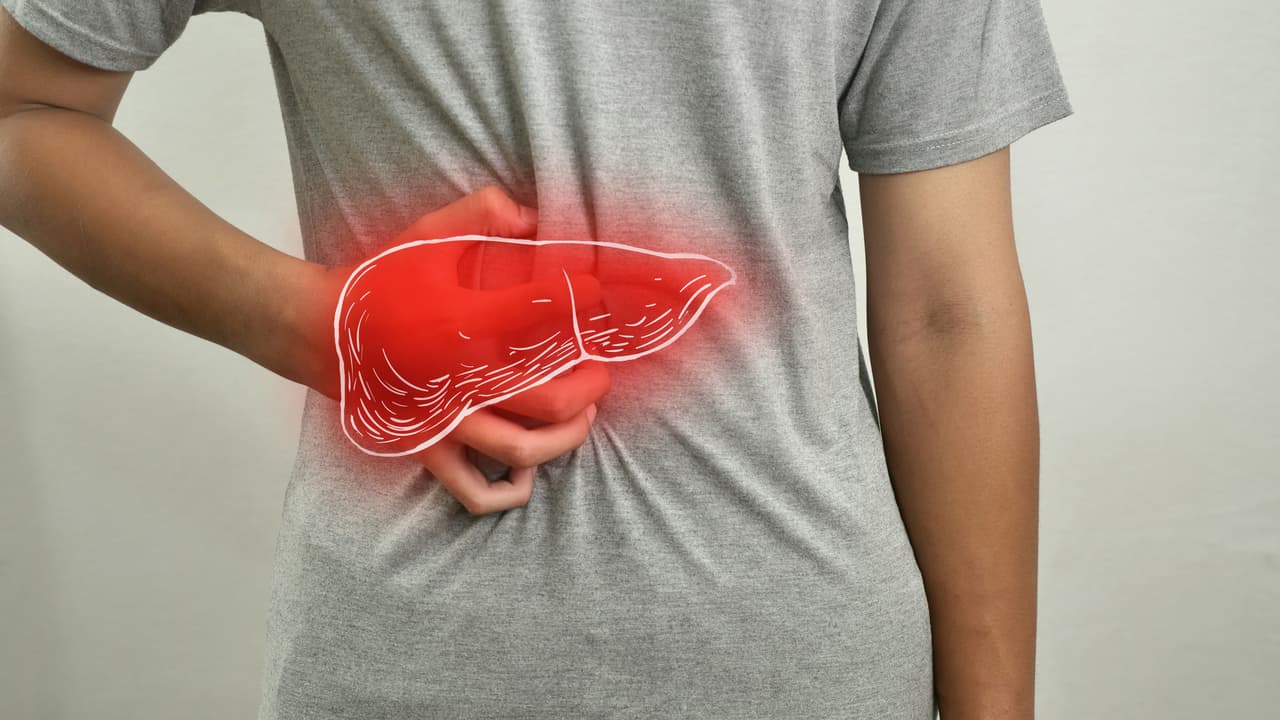A USC study finds that high blood pressure, diabetes, and low HDL cholesterol are the top killers in fatty liver disease (MASLD), with blood pressure posing an even greater danger than diabetes. Each added risk factor sharply raises mortality.
A new study has uncovered the true killers behind metabolic dysfunction-associated steatotic liver disease (MASLD)—the world’s most common chronic liver condition.
Researchers from Keck Medicine of USC found that high blood pressure, diabetes, and low “good” HDL cholesterol are the most lethal risk factors for people living with MASLD. The findings, published in Clinical Gastroenterology and Hepatology, reveal that high blood pressure may be even deadlier than diabetes—a surprising result that could reshape how the disease is managed.
Three Hidden Killers
MASLD affects more than one-third of the global population and is strongly linked to obesity, Type 2 diabetes, and other metabolic conditions. The USC team found that among these, three stand out:
- High blood pressure → increases risk of death by 40%
- Pre-diabetes or Type 2 diabetes → raises risk by 25%
- Low HDL cholesterol → raises risk by 15%
These findings held true regardless of age, sex, race, or ethnicity.
“Until now, diabetes was thought to be the greatest danger for MASLD patients,” said Dr. Matthew Dukewich, lead author of the study. “But our research shows that high blood pressure may pose an even greater threat.”
Obesity and Compounding Risks
Obesity—the most common MASLD risk factor—also increases the danger of death depending on body mass index (BMI). Each additional metabolic condition worsened outcomes: the study found that the risk of death rose by 15% for every added risk factor.
“This study sheds new light on where doctors should focus their efforts,” said Dr. Norah Terrault, hepatologist at Keck Medicine and senior author. “Identifying and treating high blood pressure and low HDL early could help save lives.”
Next Steps
Researchers used data from the National Health and Nutrition Examination Survey (NHANES), analyzing over 134,000 adults from 1988–2018. They plan to further explore how genetics, diet, and lifestyle shape survival odds for MASLD patients.
“Understanding what truly drives mortality will help target interventions for those most at risk,” said Terrault.
